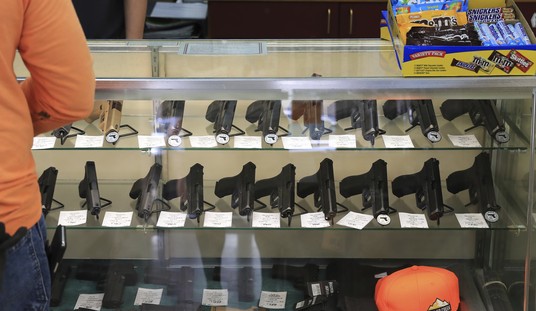Despite seeing a disturbing increase in crime, felony prosecutions are decreasing in Cook County, Illinois.
Disturbing but true, Chicago’s kill rate is higher than it’s homicide rate. Of those shot in the windy city, 16.6% are killed. Unfortunately for their families, the city’s success rate of charging anyone with those murders is a dismal 14.7%.
Of the 101 murders occurring in the first two months of 2016, only 14 suspects were charged. 5 were in self defense and one was police-involved which leaves a staggering 81 cases lingering without closure.
Why the gross imbalance between crime rates and criminal justice in Chicago?
“While the Chicago Police Department is taking action to keep our communities safe, gun violence driven primarily by gang conflicts remained at an unacceptable level in February,” department spokesman Anthony Guglielmi said in a statement. “The level of violence is unacceptable and CPD continues to aggressively target those responsible, especially in neighborhoods where gang activity is most active.”
While that may be true, the stories of disturbing crimes being committed throughout the city are becoming more and more appalling and crime certainly isn’t bound by any zip code. Last month, four children were robbed at gunpoint behind Genova’s Pizza on the city’s east side. Darrin Joss was murdered last Friday while working out at a Near West Side high-rise gym.
Interim Police Supt. John Escalante is doubling down on his predecessor’s call for accountability by expanding on CompStat, the data-driven policing strategy, by also implementing a layer of crime-statistic crunching to the mix.
“Building on CompStat’s ability to provide the Chicago Police Department with important information about police operations and crime trends, we are expanding its scope by implementing area-specific CompStat meetings for Areas North, Central, and South,” Escalante said.
“During these meetings, area leadership will have the opportunity to review crime strategy, administration, conduct early intervention on personnel issues and hold sergeants accountable for the success and operation of their units. These regular assessments will allow the department to better monitor and adapt to the individual policing needs of each neighborhood in an ongoing effort to keep every Chicagoan safe,” said Escalante.
In short: police sergeants will be responsible for the success and failure of every officer they supervise.
Compared to some measures proposed to improve the city’s runaway crime rate, holding police accountable for failing to bring criminals to justice is a good start.








Join the conversation as a VIP Member